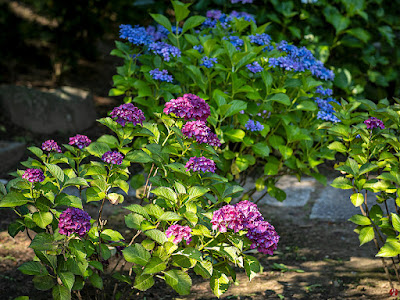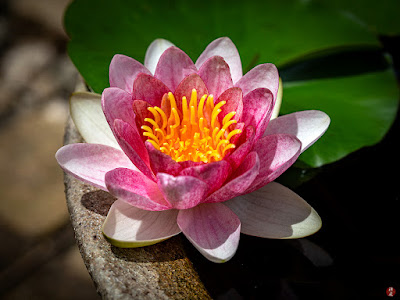Ajisai (hydrangea) has large oval leaves and clusters of four-petaled flowers that form colorful spherical shapes like the shape of Temari (Japanese toy handball). The countless ball-like flowers continually keep changing their colors from pale green to purple, blue or red, due to the subtle interaction between their pigments and the rainwater.
Ajisai flower has been traditionally cherished as a seasonal lovely flower and used as a design motif since the Heian period (794-1185), because of its vivid and precious appearance found in the melancholic rainy season.
In the Edo period (1603-1867), it was used as a typical pattern of gold brocade for Kiyomizu-ware and Kutani-ware potteries. Dohachi Ninnami and others, who were great artisans of Kyo yaki (Kyoto-style ceramics), used hydrangea flowers as a seasonal design of their tea-bowls used for early summer tea ceremonies.




















